New Function Solutions of Ablowitz-Kaup-Newell-Segur Water Wave Equation via Power Index Method
Abstract
In this article, the applications of the Power Index Method (PIM) are presented to ascertain function solutions of the AKNS equation. We find out adequate explicit general solutions for the AKNS in the form of exponential, trigonometric, and logarithmic functions which have their importance in the physical sciences. We have used function transformations in which indexes of independent variables are nonrestricted parameters. During our investigation, we have seen that the nonlinear AKNS can be reduced to linear ODE by using PIM. All the solutions contain independent variables with parameters, and they are graphically represented by choosing suitable values of parameters.
1. Introduction
The exact solutions of the partial differential equation have their own consequence in the numerous branches of physical sciences, applied sciences, and other areas of engineering to comprehend their physical interpretation. Therefore, the search for an exact solution of nonlinear systems has been an interesting and valuable topic for mathematicians and physicists in applied science. A transformation of variables can sometimes be found that transforms a nonlinear PDE into a nonlinear ODE such as Lie Symmetry Transformations [1, 2], the traveling wave transformation, and the Cole–Hopf transformation method [3]. In the current year, many effective methods including the simple and modified equation methods [4, 5] and the sine-cosine method [6] have been employed to attain exact solutions of the equation.
In models of partial differential equations (PDEs), the AKNS equations play a central role and have many applications in applied physics. Various methods have been established for obtaining analytic solutions of the AKNS equations, for instance, the Exp-function method [7], multilinear variable separation approach method, variable coefficient method, and extended auxiliary equation method [8, 9]. The truncated Painlevé analysis of the AKNS equation with their symmetries [10] and the complex combined dark-bright solutions of the AKNS equation using SGEM [11] are obtained. Some transformations like the inverse-scattering [12–15] Backlund transformations [16] and the Darboux transformation [17] have been applied to find solutions of the AKNS equation.
The paper preparation is as follows: in Section 2, we describe briefly the Power Index Method. In Section 3, we apply this method to the nonlinear AKNS equation by using function transformation. In this method, by using transformations like (8) and (12), we have obtained linear ODEs. Our exact solutions are an explicit general form and contain independent variables with nonrestricted parameters. Our findings are a more general form; see for details (60) and (61).
2. Power Index Method
Step 1. Consider the partial differential equation [18]
where α is a perturbation parameter with α > 0. We have employed the Power Index Method on (1) to obtain its exact solutions.
We introduce the new variable
Some forms of the new variable are
Figure 1 shows the procedure of transformation of PDE to ODE.
Step 2. Express the nonlinear PDE into a mixed algebraic form
Step 3. We choose the highest power index term of one variable in the algebraic equation equal with the other highest power index term of the same variable pt(n1, n2, n3) = qt(n1, n2, n3). Similarly, we get other relations of power indexes so that we can choose particular values of power indexes. We continue the same process for other variables. Now, we have selected a new variable and transformation with adjustable indexes. Next, each term is replaced by a new variable and transformation, and we have reduced PDE into ODE.
Step 4. Solve the obtained ODE by using computerized symbolic packages. The exact solution of PDE can be obtained from the analytic solution of ODE and the new variable transformation.
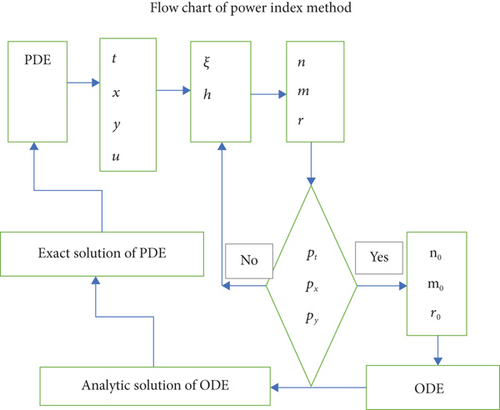
Figure 2 demonstrates the exact solution of (10).
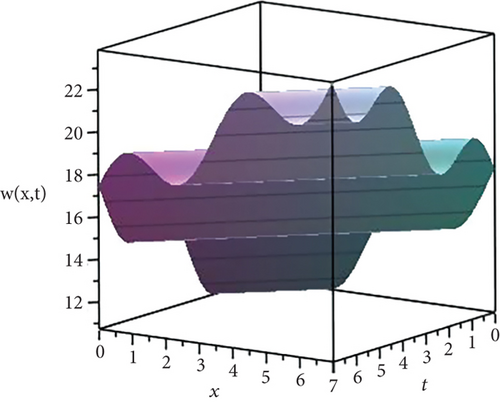
3. Exact Solutions of AKND by Using Function Transformations
Case 1. Let us start with an elementary exponential function and introduce a new variable as
Figure 3 displays the graphical illustration of the analytical solution of (11).
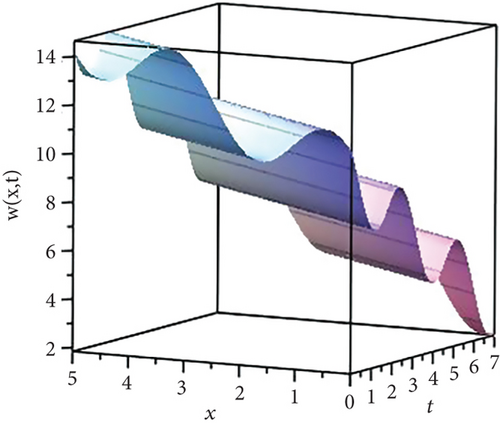
We have observed that for the valuesm1andn1with the same sign or opposite signs, the ODE (8) has the same analytic solution.
Case 2. Now, we consider another exponential function of the form
The transformation (12) reduces (1) to ODE in the form
With the help of Symbolic Packages, the analytic solution of (13) is given as follows:
By (12), (14), and (15), we get the exact solution of the PDE (1) as follows:
We note that the solutions u21 and u22 contain parameters n2 and m2. For different values of n2 and m2, we can find more solutions of (1).
Figure 4 contrasts with (1) which is given in (16).
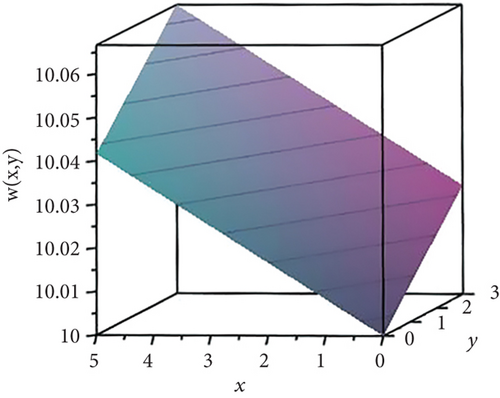
We note that the exponential function in terms of y and t has no ODE reduction form.
Case 3. Next, we consider a monomial of the form
Using (21), the PDE (1) is reduced in the form
The analytic solution of the ODE (22) is
The exact solution of the PDE (1) is obtained from (23) and transformation (21)
Figure 5 presents the solution of (1) which is given in (20).
Case 4. In this case, we have considered the polynomial of the form
Using (25), the PDE (1) is reduced in the form
The analytic solution of the ODE (26) are
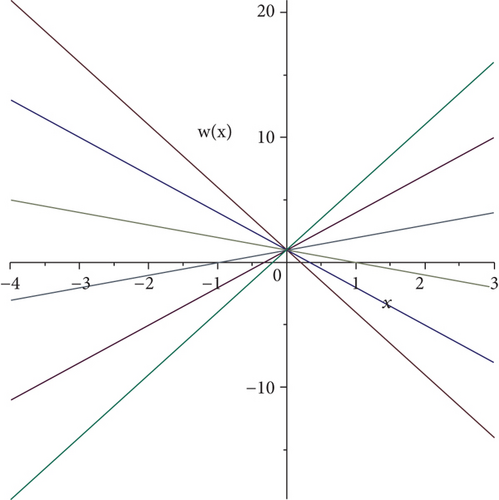
Figures 6 and 7 show the performance of the solution of (1) which is given in (24).
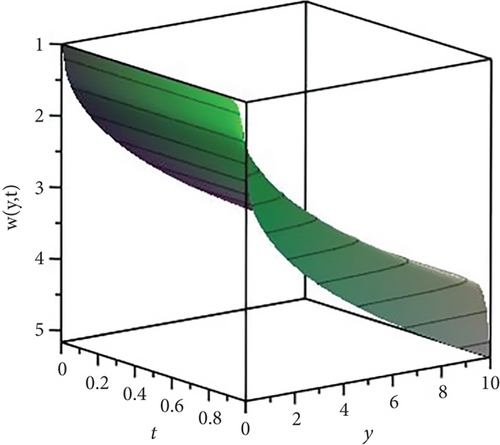
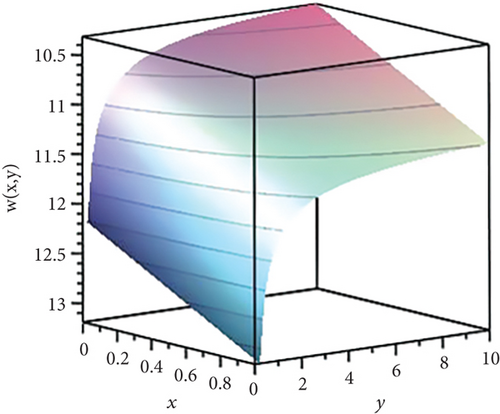
Figure 8 acts as the solution of (1) which is given in (30).
Case 5. We define a new variable as
In (35), two terms contain only the y variable, so if we want to make this variable vanish in these terms, we have to take 2s5 + r5 − 1 = s5 + r5. This implies s5 = 1. Further, the term that contain must have the r5 power of y. From this, we get 2s5 + 2r5 − 1 = r5 or s5 + 2r5 = r5; these imply r5 = −1. First, we take m5 = 1, r5 = −1, and s5 = 1 in ((34)) and get the following ODE:
The analytic solution of (36) is given as follows:
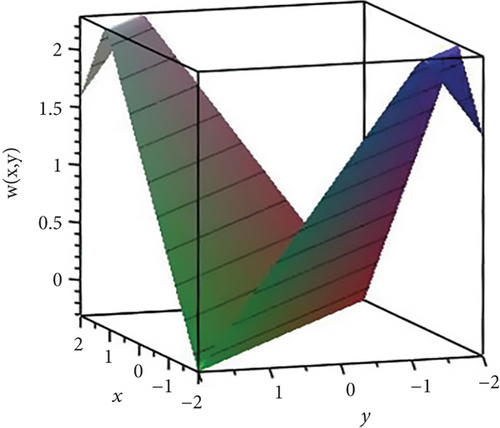
Case 6. In this case, we have considered a polynomial with a logarithmic function of the form
The algebraic form of the PDE (1) has the following y-index terms:
Figure 9 acts as the solution of (1) which is given in (39). Figure 10 entertains the solution of (1) which is given in (43).

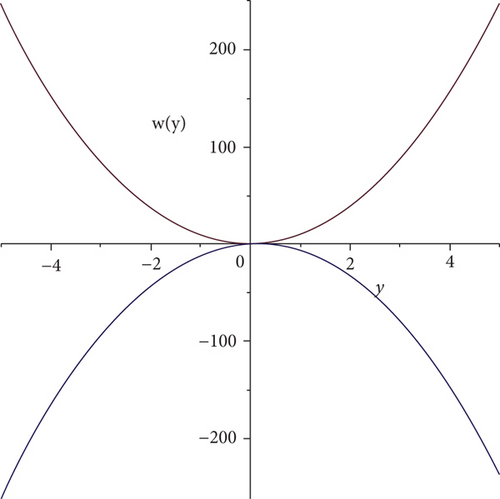
Case 7. In this case, we have considered the logarithmic function of the form
The algebraic form of the PDE (1) has the following y-index terms:
Figures 11, 12, and 13 present the graphical diagrams of the analytical solutions of (49), (50), and (51), respectively.
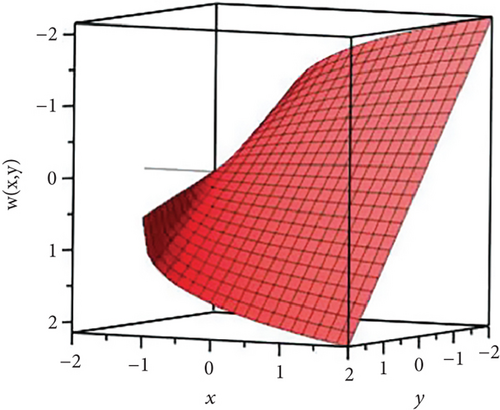
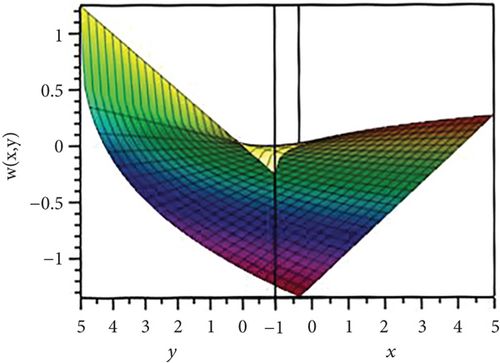
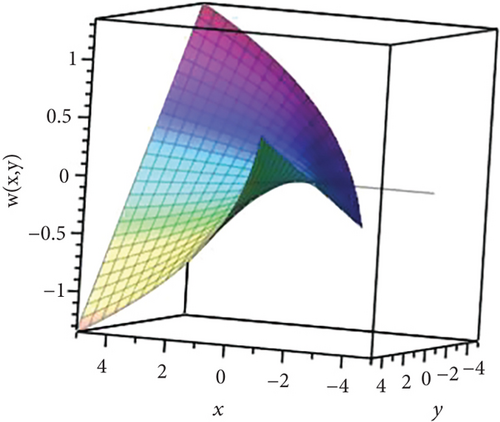
Case 8. In this case, we have considered a trigonometric function of the form
This transformation transformed the nonlinear PDE (1) to a product of two linear ODEs.
Using (62), (65), and (66), the exact solutions of (1) are
Figures 14, 15, and 16 present the graphical diagrams of the analytical solutions of (59), (60), and (61), respectively.
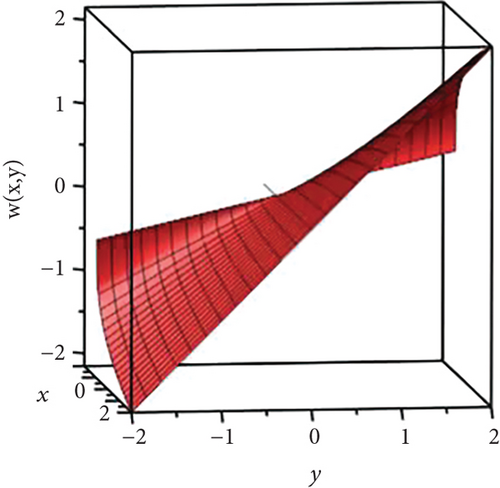
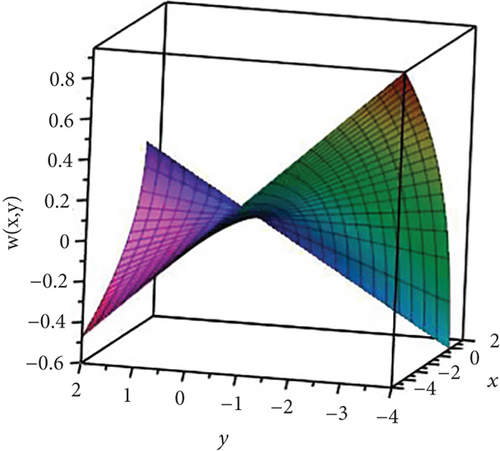
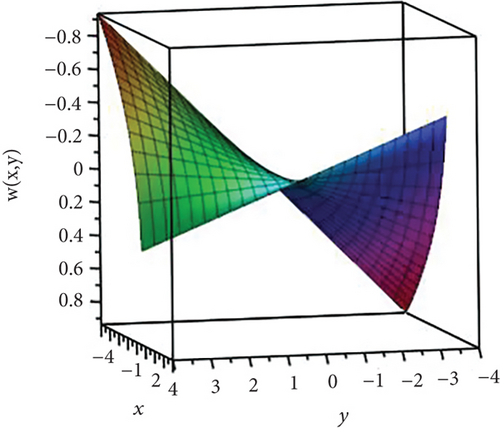
Figure 17 displays the graphical illustration of the analytical solution of (61).
Case 9. In this case, we have considered the trigonometric function of the form
This transformation reduces the nonlinear PDE (1) to linear ODE.
The analytic solution of (73) has the form
The closed form function solution of (1) is given by
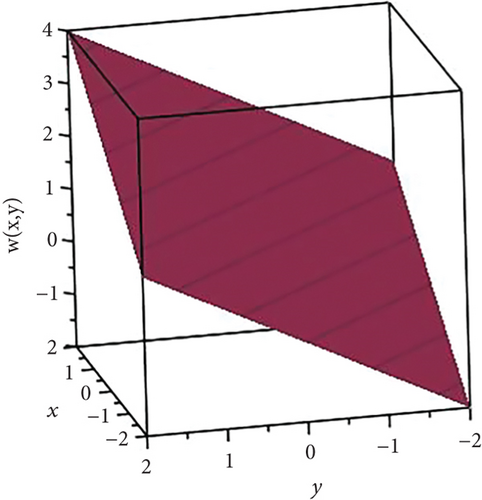
4. Conclusion
The intention of this research paper is to find function solutions using exponential, logarithmic, trigonometric, and rational functions which are attained from the AKNS equation via PIM. Our attained solutions are an explicit form, and they contain independent variables with parameter indexes. We have seen that for some of our transformations which are applied to nonlinear AKNS, we get linear ODEs. All the found solutions of the equation are new, and some solutions are more general (see (59), (60), and (61)). The exact solutions of AKNS which we have obtained in this article are useful to understand the physical phenomenon in many aspects. They are explicitly characterized by choosing appropriate values of parameters. This method has been efficaciously employed to get exact solutions of the equation.
Conflicts of Interest
The authors have no competing interests.
Authors’ Contributions
All authors contributed equally to finishing the manuscript.
Acknowledgments
The first author is thankful to AM. Javed Ahmed, HI(M)(Retd), Vice-Chancellor, Air University, Islamabad, Pakistan, for assuming the outstanding research amenities.
Open Research
Data Availability
Please contact the authors for data requests.




